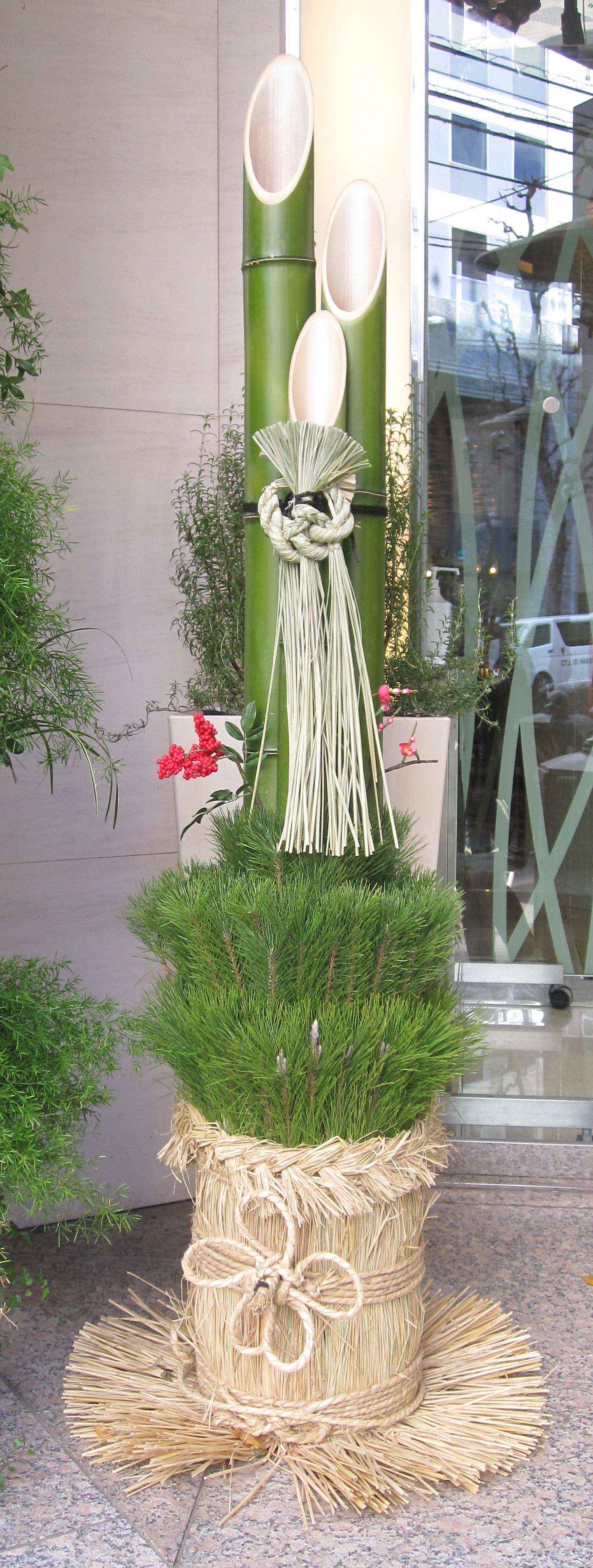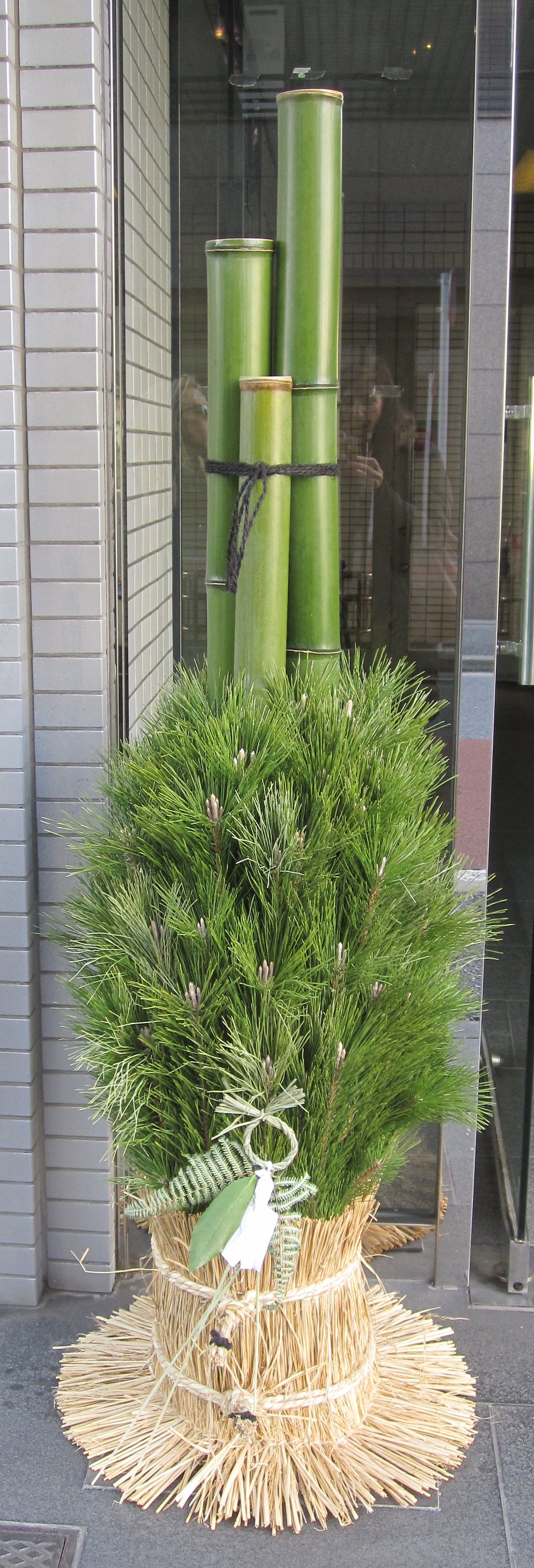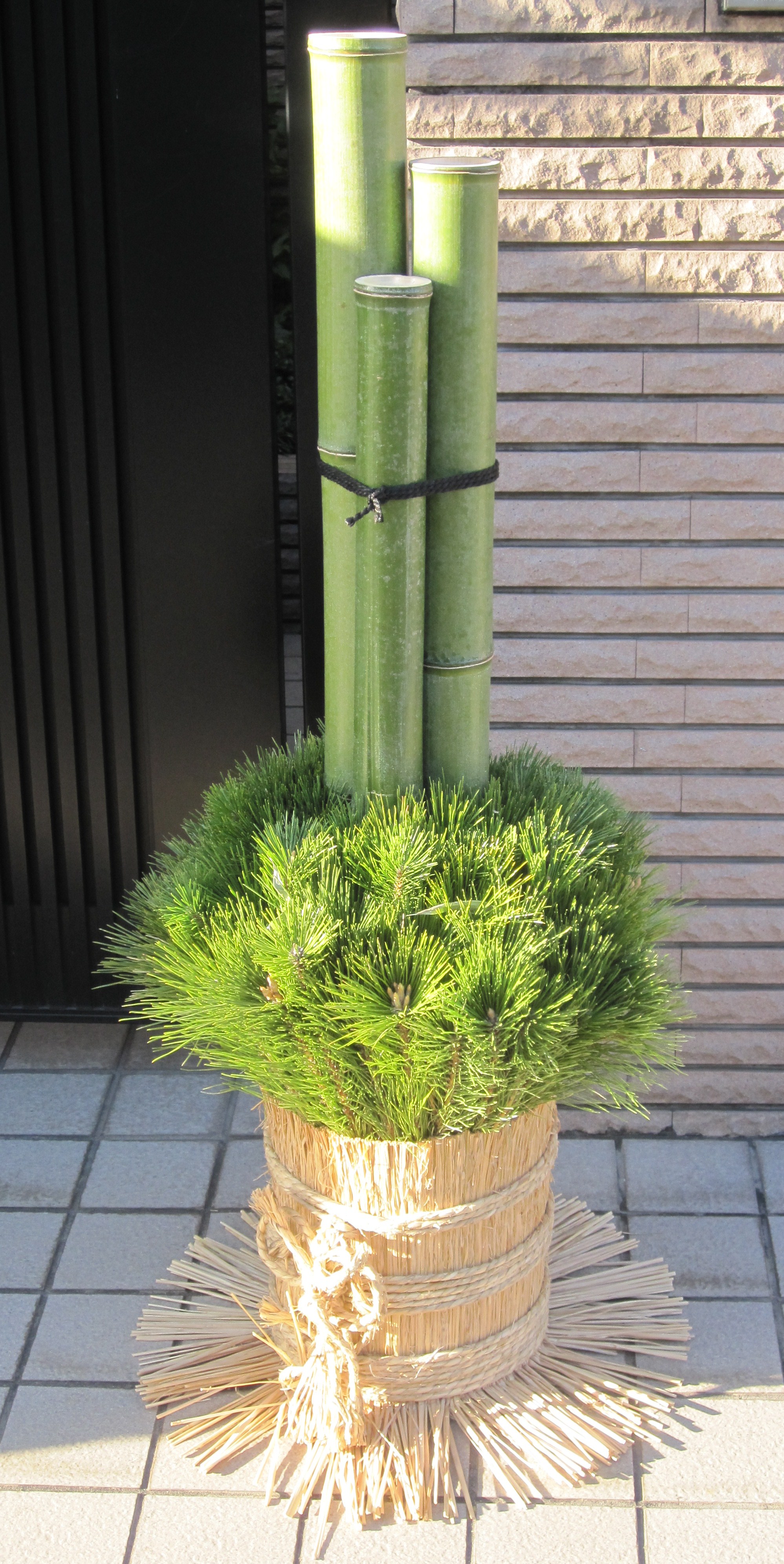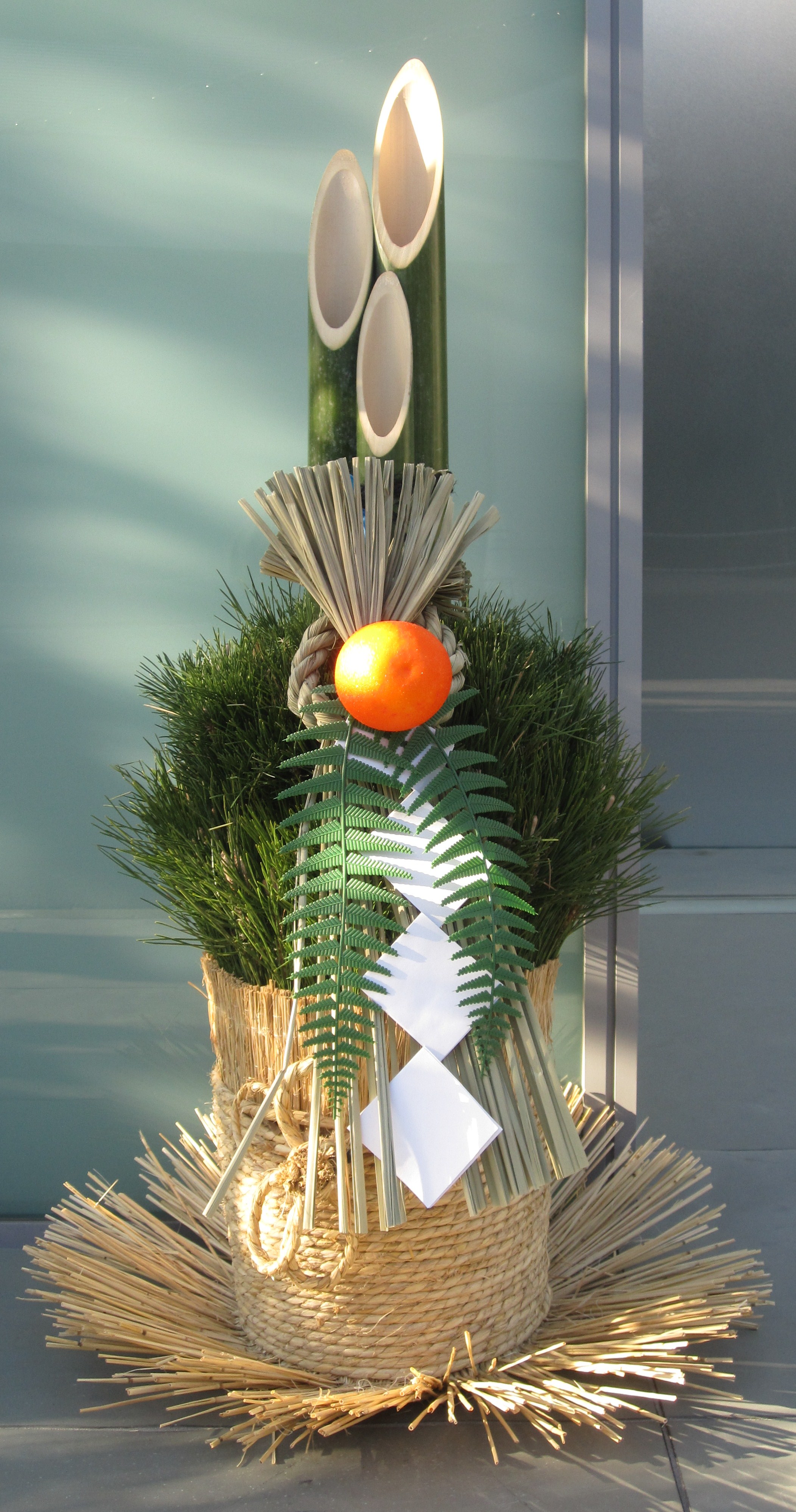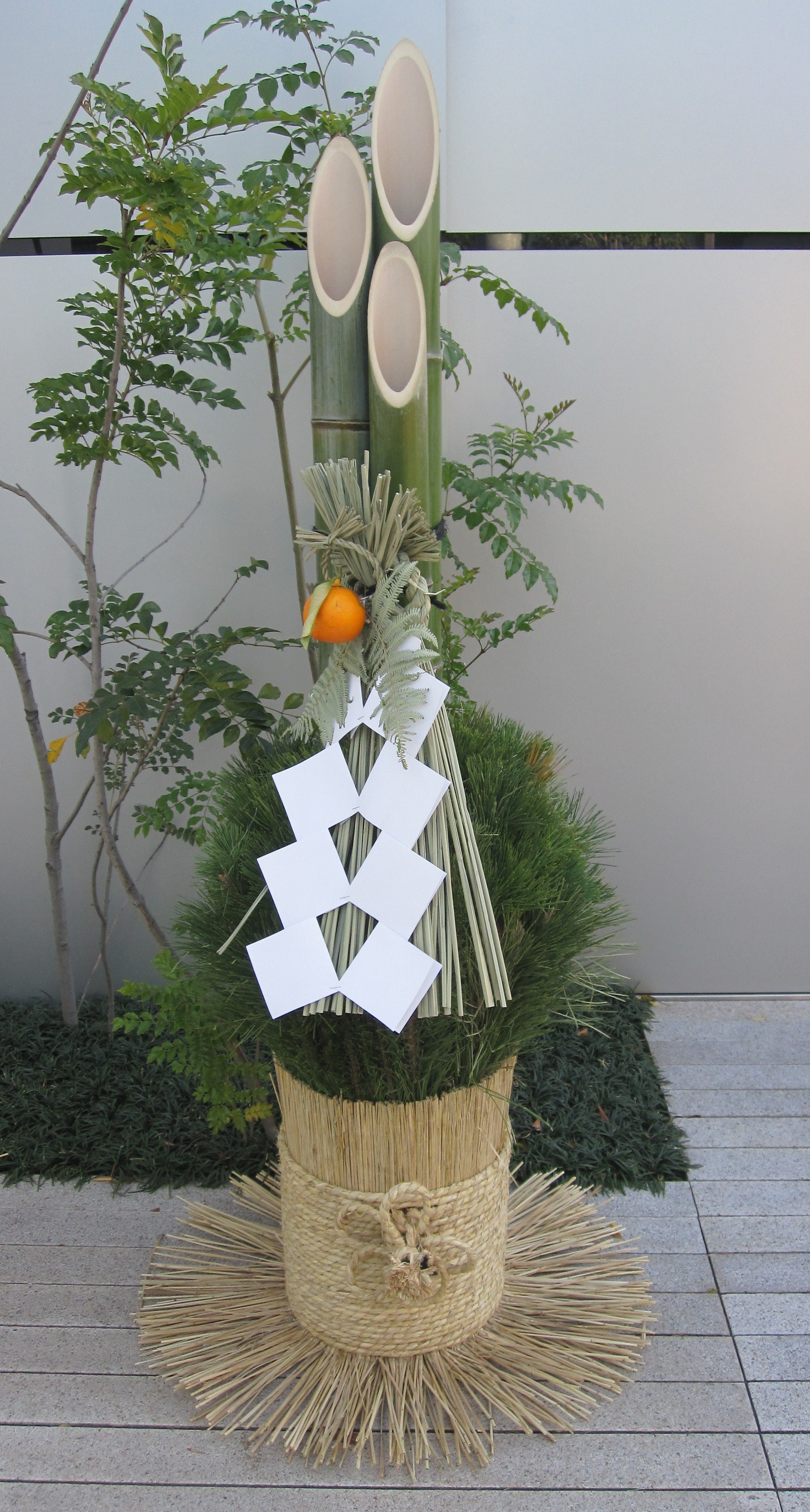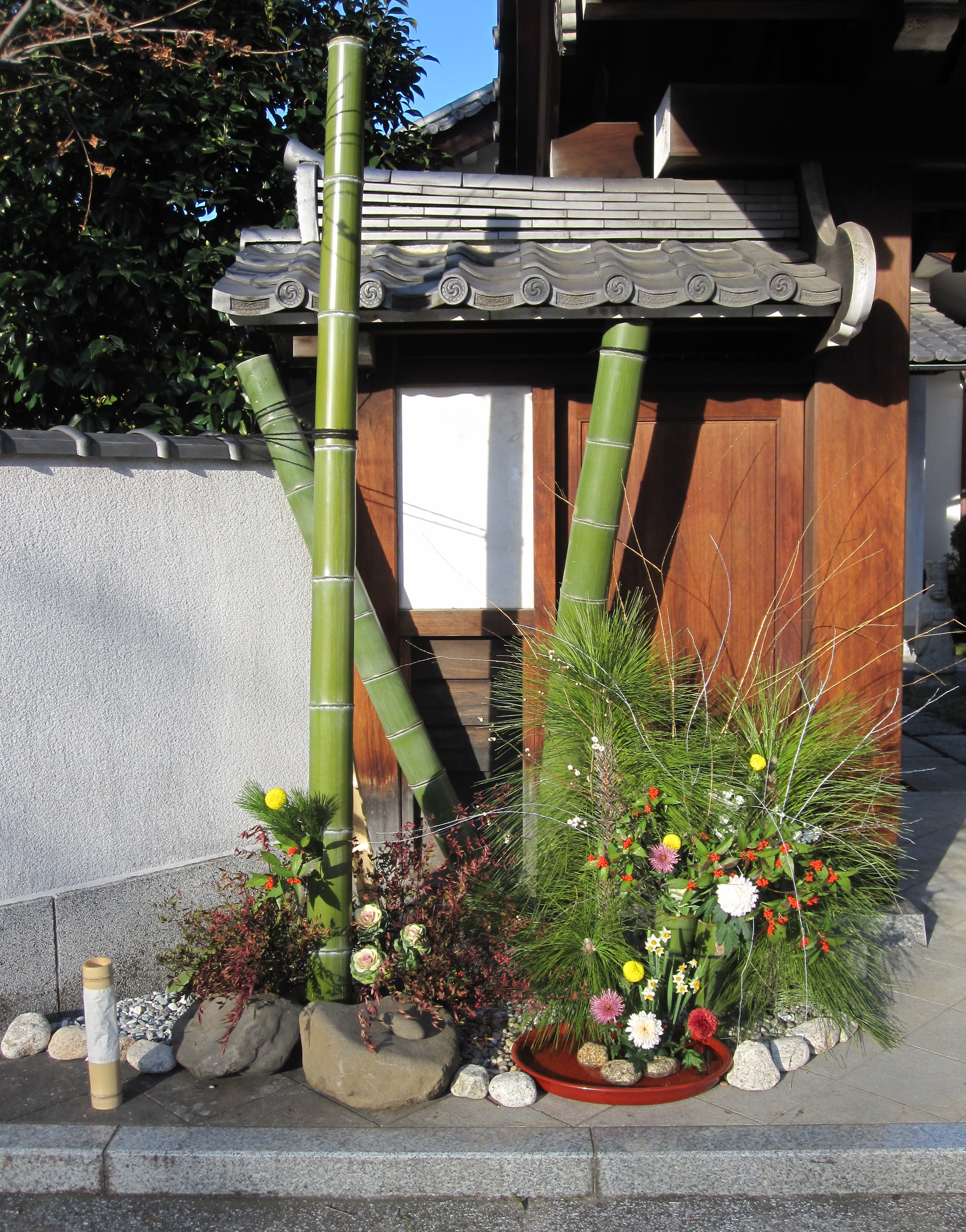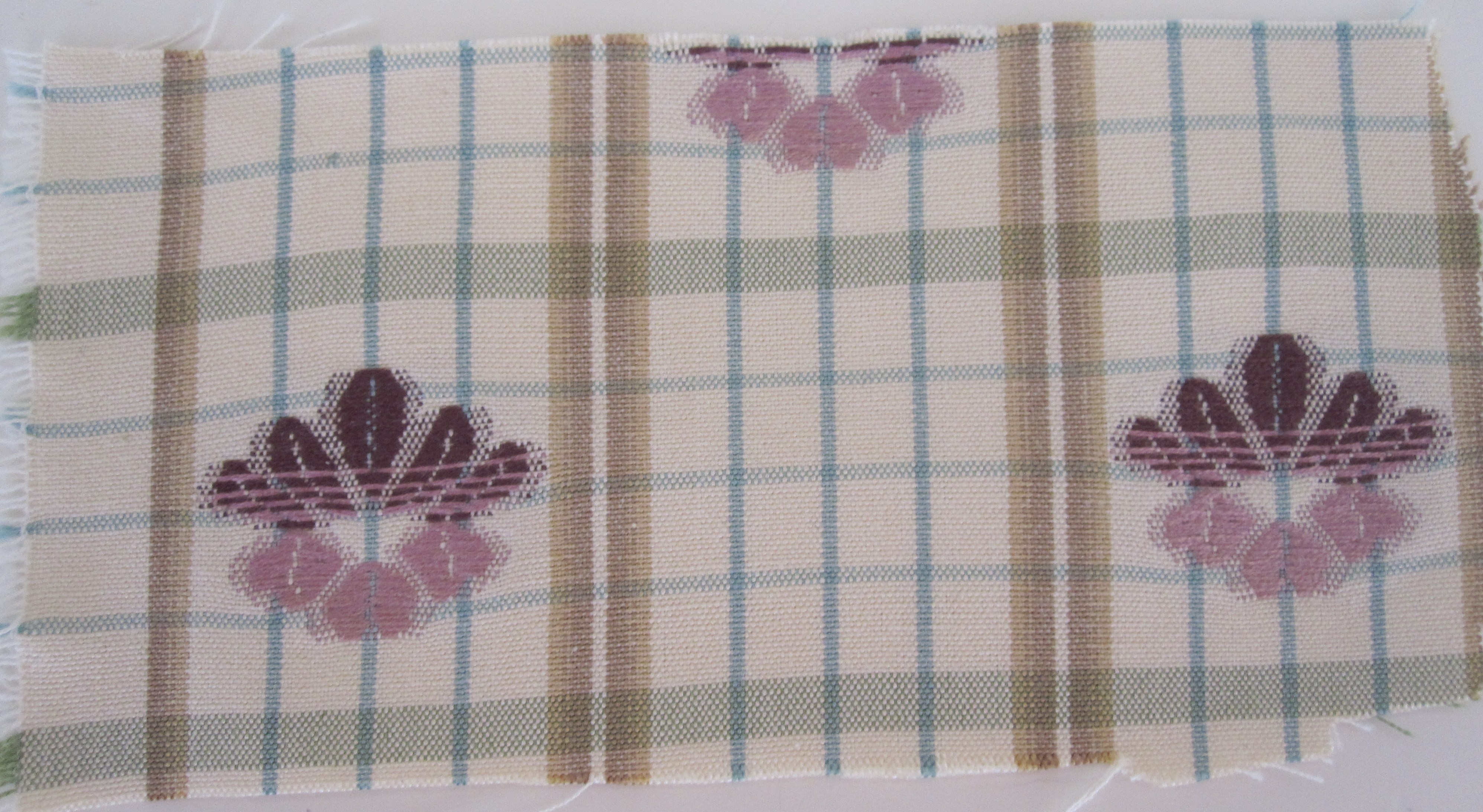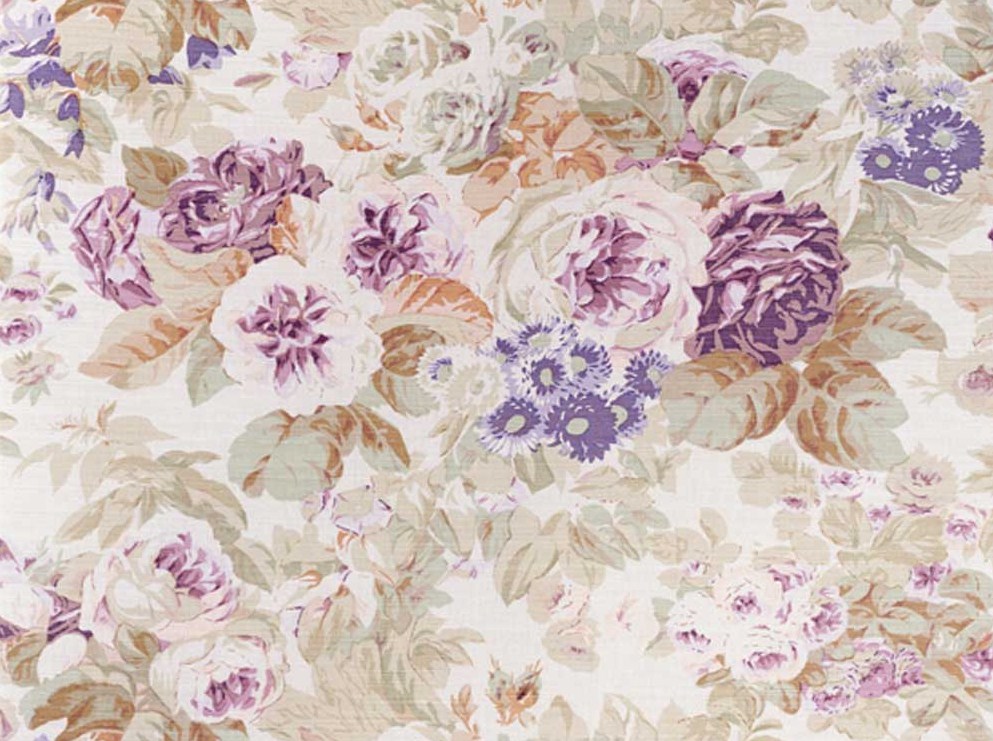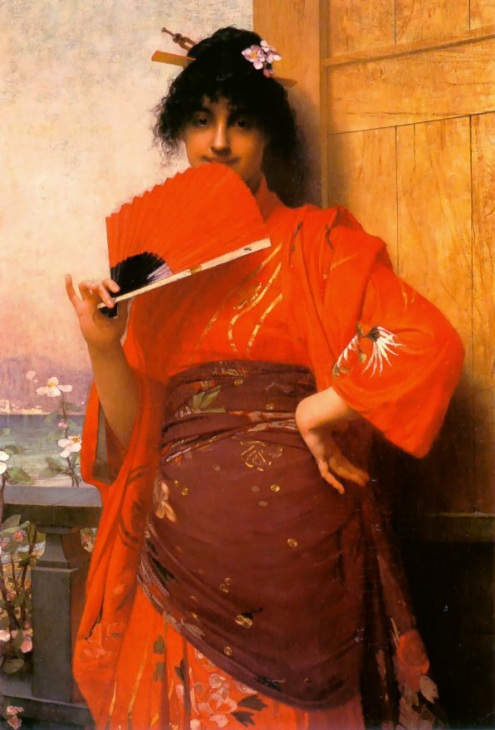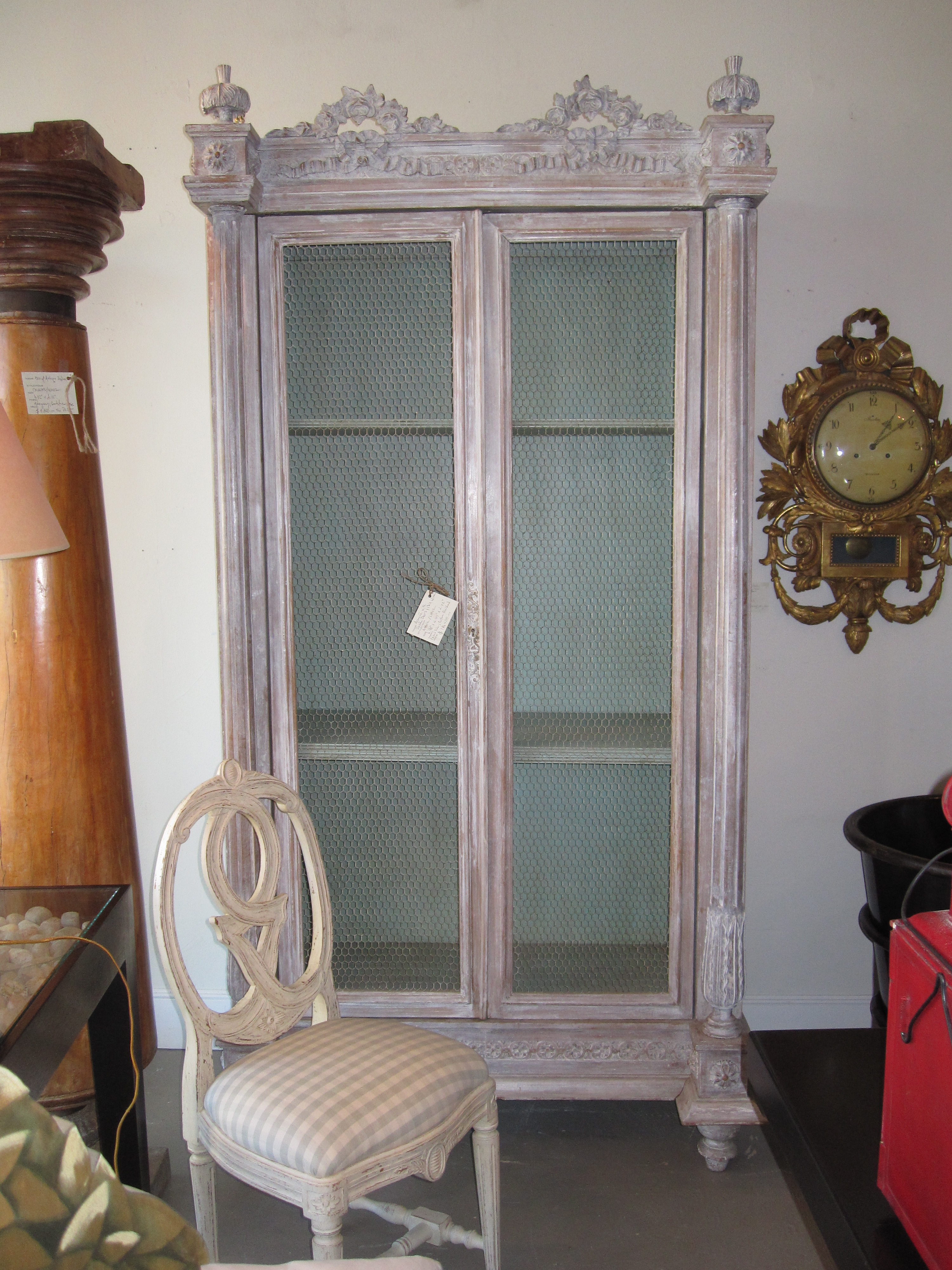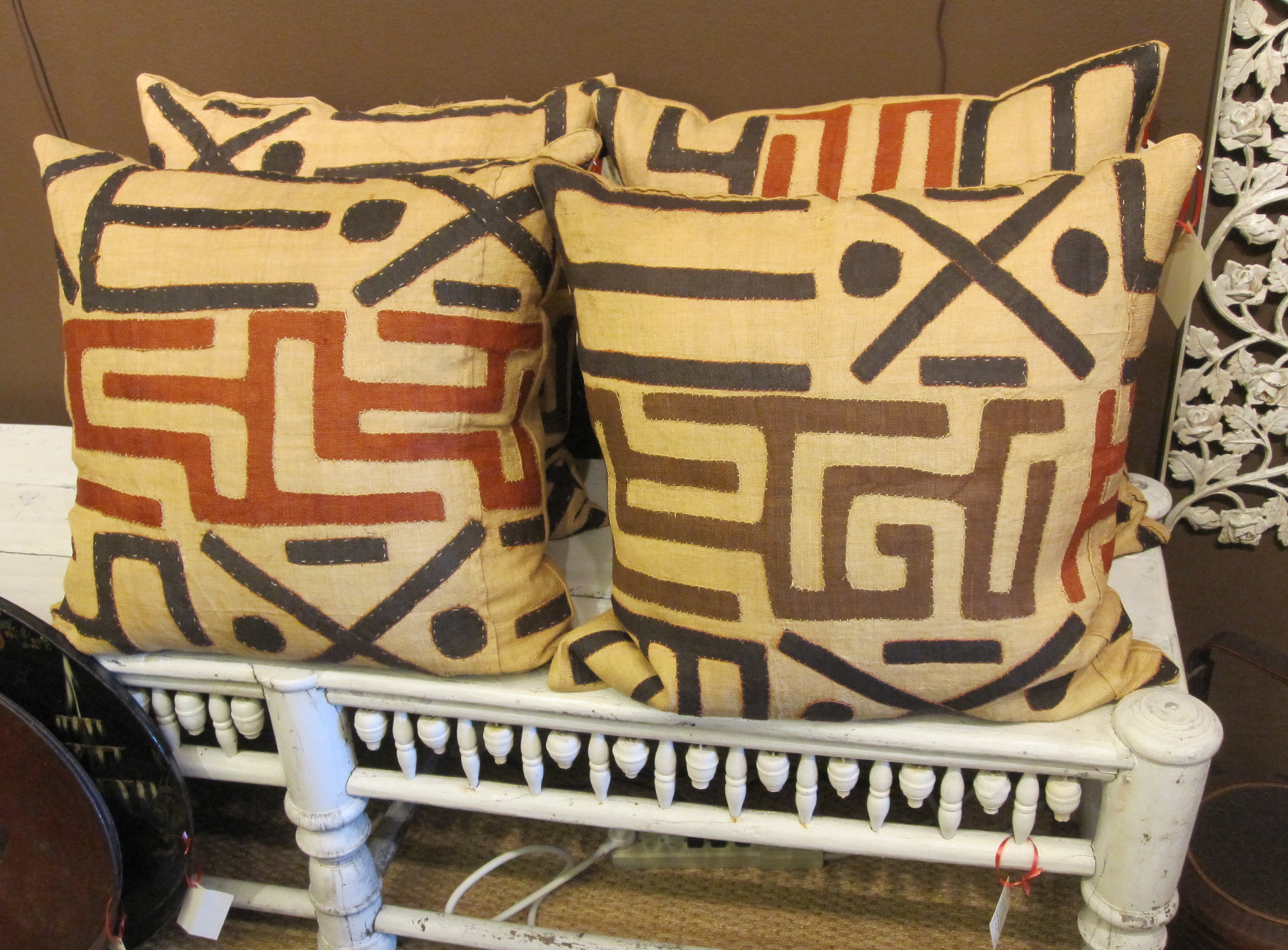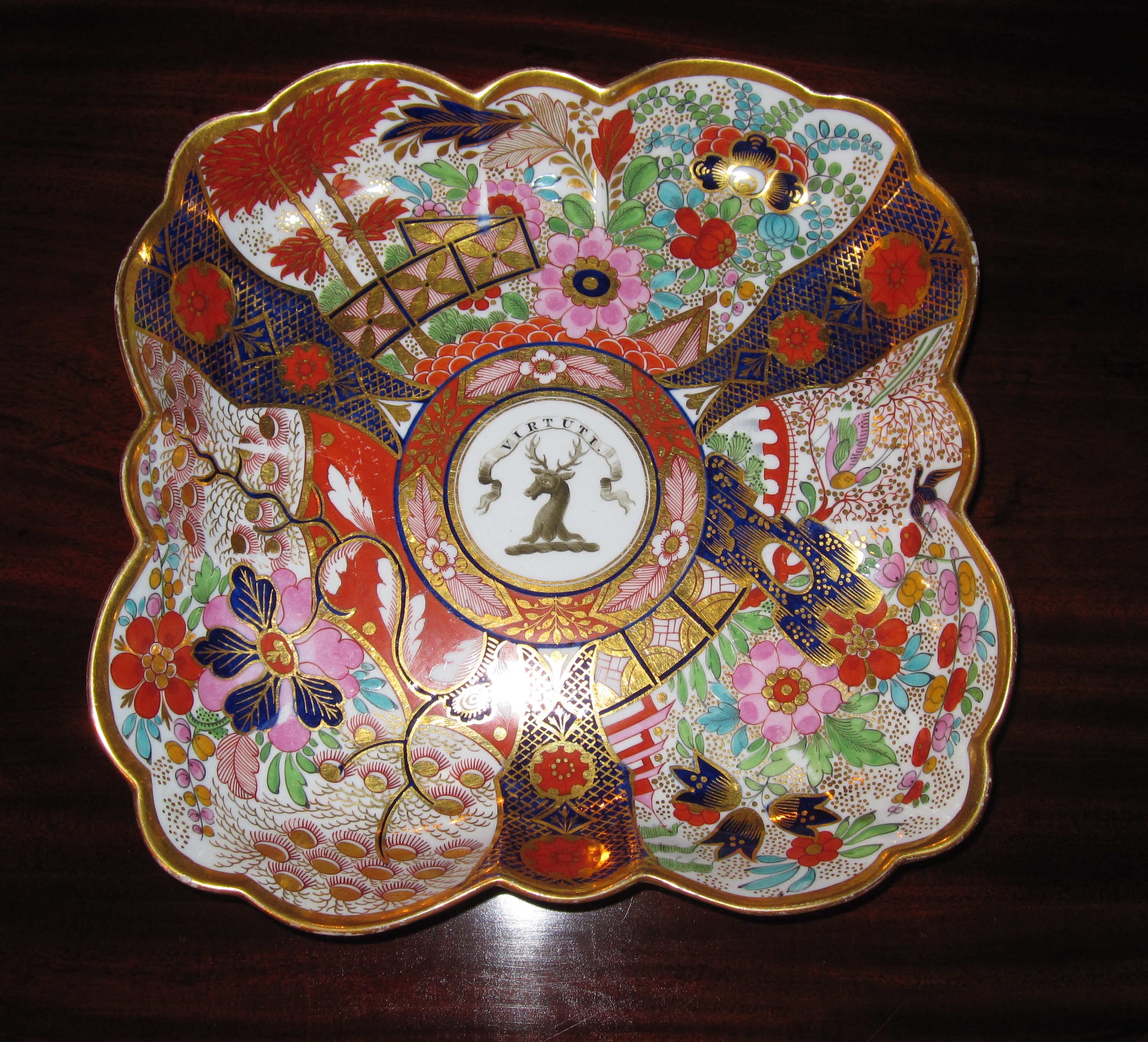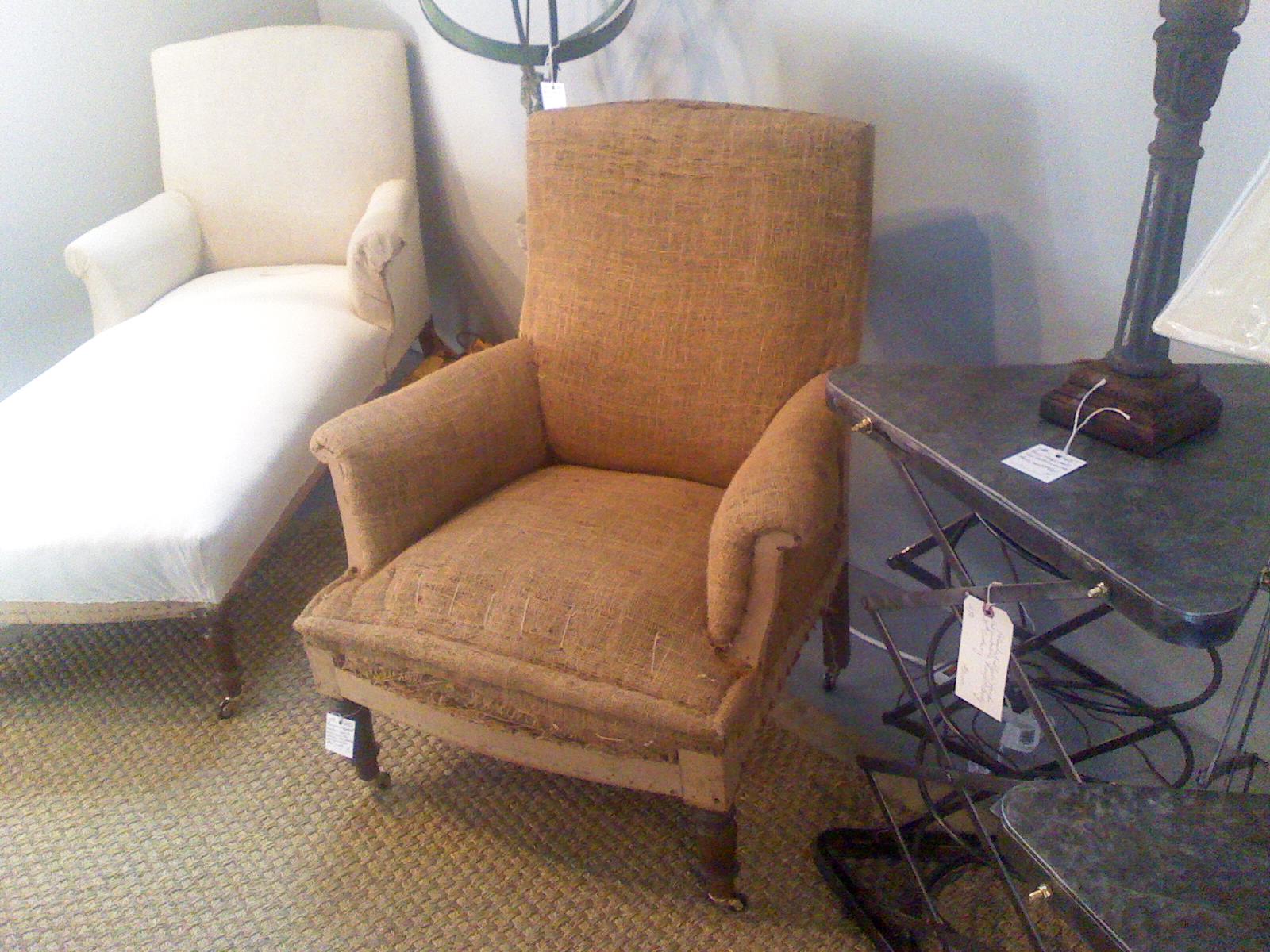What’s Cooking? Bright Kitchenware from Core Bamboo
 A dear friend who knows my taste so well gave me a housewarming present – a bamboo bowl and servers in a delicious shade of deep eggplant – from Core Bamboo. I just love them! The folks at Core Bamboo seem to be able to turn out an adorable and functional line of bamboo kitchenwares, while remaining committed to a completely organic and green product.
A dear friend who knows my taste so well gave me a housewarming present – a bamboo bowl and servers in a delicious shade of deep eggplant – from Core Bamboo. I just love them! The folks at Core Bamboo seem to be able to turn out an adorable and functional line of bamboo kitchenwares, while remaining committed to a completely organic and green product.
Their success is based on the uniqueness of their raw material. To quote from their website: “Bamboo is one of the most remarkable resources on Earth. As a member of the grass family, not a tree, it grows at a much quicker rate than any other wood. From start to harvest (60-70 feet tall) it can take just four years. Bamboo is naturally anti-microbial, therefore stopping bacteria from growing. It is also one of the strongest yet lightest materials around. Bamboo is 16% stronger than Maple and is 33% lighter in weight than Oak. What is probably most remarkable is its unique extensive root system. When bamboo is harvested its natural root system spreads and automatically regenerates itself.”
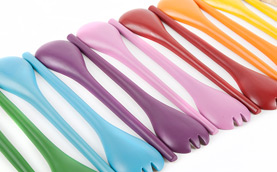 What I particularly love about the line are the bright mix and match colors, and the lightweight strength.
What I particularly love about the line are the bright mix and match colors, and the lightweight strength.
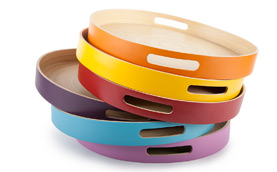 The trays come circular and rectangular. I am going to get a big one for my mother-in-law as her drinks tray was on its last legs this Christmas.
The trays come circular and rectangular. I am going to get a big one for my mother-in-law as her drinks tray was on its last legs this Christmas.
They also do a line of classic natural colors, particularly the gorgeous cutting boards.
Gilt Groupe has lots of great items from Core Bamboo in their current sale, at about 50% off and more. It only runs for a few more days, so take a look here…
Image credits: 1-4. Core Bamboo, 5. Gilt Groupe
By tokyojinja in Housewares Tags: bamboo, Core Bamboo
Some Resolutions for 2011 and Bamboo in January

I know it is the thing to do at this time of year, but I am not really one for making public New Years’ resolutions. What I do know for sure is that I have loved blogging and plan on continuing full force. I have relished the writing and the learning of new things. I have enjoyed making new friends and reconnecting with old ones. Every comment and email has made me feel part of a greater whole. Revisiting ideas and items that I haven’t thought about in years has been rejuvenating.
January 2011 will be bamboo month here at Tokyo Jinja, both in topic and spirit. Traditional Japanese still place pairs of kadomatsu made of bamboo and pine in front of their house during New Years for luck and good fortune.

Bamboo symbolizes strength, endurance and resilience as it bends readily but doesn’t break easily. It is also one of the fastest growing plants in the world making it an environmentally sustainable and attractive building material. Bamboo, along with pine and plum blossom, represents one of the “Three Friends of Winter” as a design motif on everything from textiles to gardens. So watch for posts on these subjects as well as 19th century faux bamboo furniture, Aesthetic Movement silver patterns, contemporary bamboo art from Japanese masters, green room inspiration, ikkanbari from artist Lisa George of Paper Glue Bamboo and more.
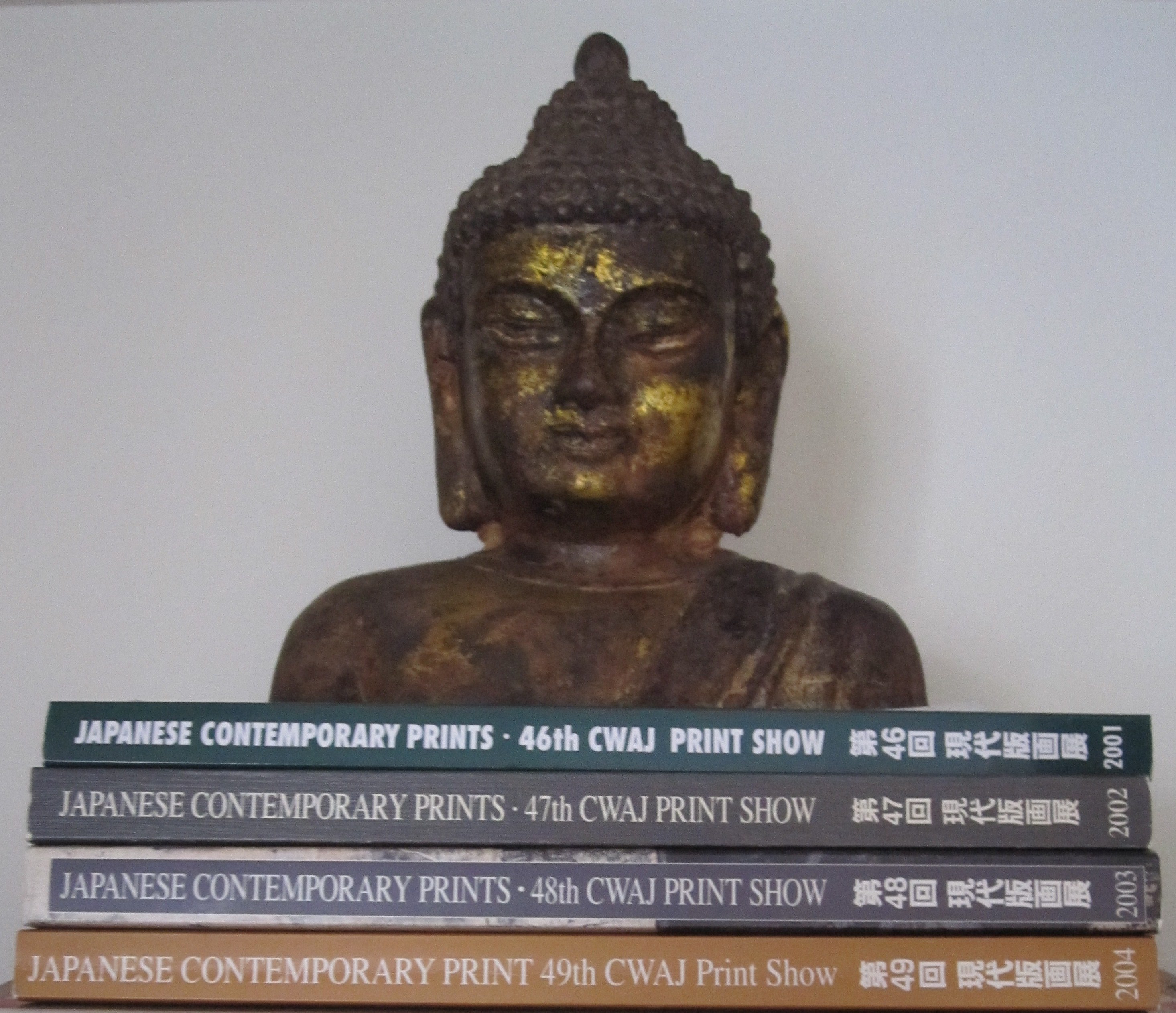
New Year’s at The New York Times brought a great essay on the back page of the magazine entitled “Starter Buddha,’” adapted from Susan Conley’s new memoir “The Foremost Good Fortune,” which is being published next month. The essay is a pitch perfect piece on buying a “fake” buddha in a big Beijing flea market. The book also looks like a must read, especially for those of us living the expat life in Asia as it tells the tale of their family’s move from Maine to China in 2008 and her subsequent battle with cancer. On the eve of a new year, it is always good to be reminded of and thankful for the gift of good health. I’ll also be headed to Hong Kong this winter, so I’ll finally be answering some of your questions on how to know if something is “real” or “fake” as I tackle the Chinese antique stores and markets.
I want to recommend an outing to the Setagaya Boro-ichi (rag fair) on January 15th and 16th. Held in one form or another for over 400 years and now every December and January on those dates, it is a great traditional market experience. For more details and information, take a look at this article in The Japan Times. I will also be updating the “Shrine Sale” tag at the top of the blog to have current information for winter and spring events, and introducing some new sales and antique shows.
I have heard from a lot of you that you like some of the more personal posts and updates on our renovation and decoration. In that spirit, I want to share an exciting idea for the entrance area to the beach house. Under the window, in this empty space, we knew we wanted a bench of some sort to sit and put on shoes as well as to pull up to the dining table when we have many guests (my table has 12 leaves and can open to almost the full length of the dining room/living room). In the summer the front door on the left of the photo is always open, so we don’t think much about this space, but this winter, with the door closed, it really functioned as part of the living room.
As I was flying back to Tokyo on Monday, I picked up the February issue of House Beautiful with this charming bench by Alexandra Angle on the front cover. A bench like this is the perfect solution. We are now so Japanese that we never (and will never again) wear shoes in the house. The design of this bench, with the bar on the bottom, gives us a place to tuck shoes in, keeping them less visible and neat. The other great take-way from the photo is the loose pillows that make it a comfortable place to sit, as if it was a small settee, without having a permanent back. So it can function as a bench, as a couch, and I could even see the girls stretching out here to read.
I have five yards of this adorable Cowtan & Tout Kemerton Check (another great eBay find) that is perfect to upholster it in.
And I could use my last piece of my beloved Bennison Faded Floral that I have been saving for a pillow.
So my dear readers, thank you for your support and encouragement. I would love to hear what you would like to see me write about this year, whether it be questions you want answered or features you’d like to see more of. And please keep those comments and emails coming!
Image credits: 1. A.N. Hudson, 2-4, 6. me, 5. House Beautiful February 2011 photo credit: Victoria Pearson, 7. Bennison
By tokyojinja in Books, Movies & TV, Design Motif, Expat Life, Interior Design, Renovation and Decoration Report, Shrine Sales and Flea Markets, Textiles Tags: Alexandra Angle, bamboo, Bennison, boro-ichi, Buddha, Cowtan & Tout, fabric, kadomatsu, New Years Resolutions
Artist Spotlight…A Final Dose of Japonisme for the New Year
James Abbott McNeill Whistler (1834-1903)
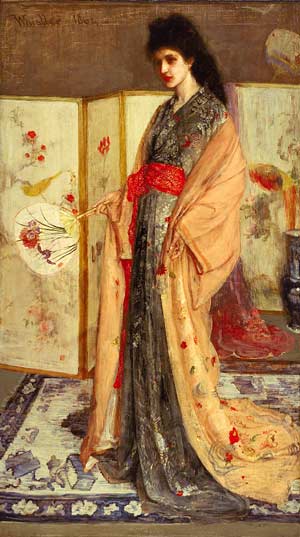


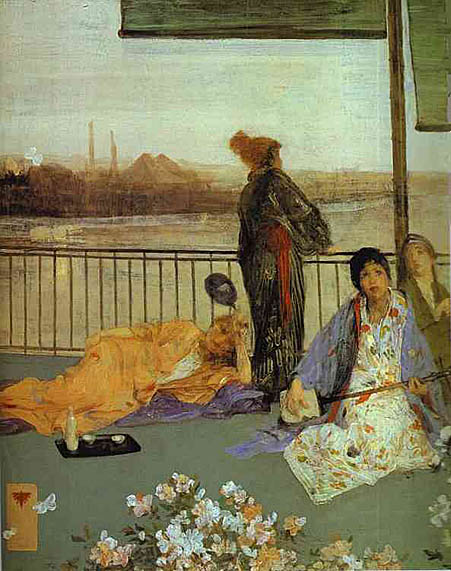
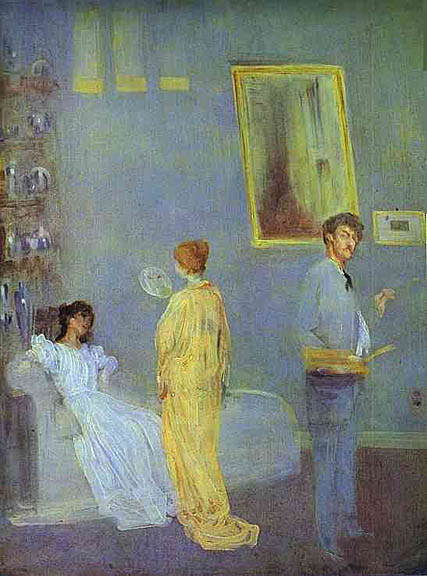
James Jacques Tissot (1836-1902)


Gustave Leonard de Jonghe (1829-1893)

Edmund Charles Tarbell (1862-1938)

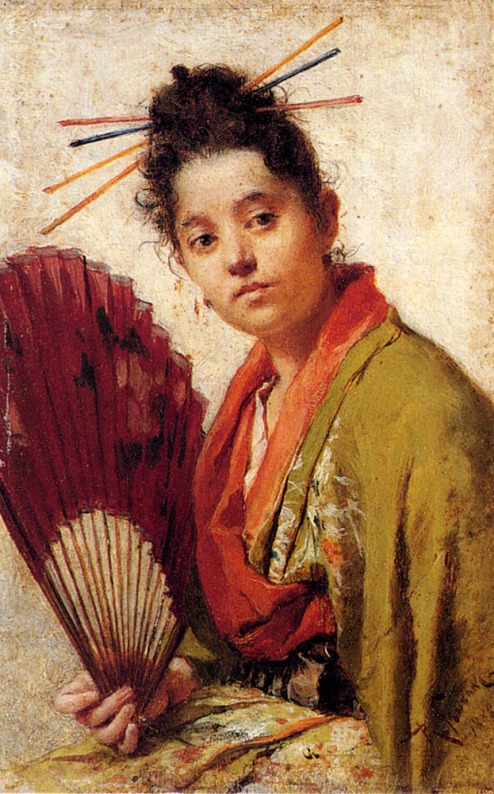
When I was a child, my mom and I would always play “pick your favorite” about any decorative item, whether it was a painting in a museum or a ballet costume in a performance. So my end of year question: If you could choose 1 painting to own, from this post or any of the others this month (check here, here, here and here), which would it be and why? Please leave me a comment!
Happy New Year all!! Here’s to 2011!!!
By tokyojinja in Artist Spotlight Tags: de Jonghe, Edmund Charles Tarbell, Impressionism, James Abbott McNeill Whistler, Japonisme, Lefebvre, Roberto Fontano, Tissot, William Merritt Chase
Shop Talk…Antiquing Dixie Highway in West Palm Beach
Partially because I often use their parking lot, and also because they always have something interesting, one of my first stops is Wardall Antiques and Decorations. They have a diverse mix of European and American antiques representing a wide range of periods including furniture, artwork, great chandeliers, and decorative items. They can be relied on for trendy items – a fair amount of mirrored furniture there this visit – but also for basics. The big find this time? Three 1968 horse prints by master artist Tadashi Nakayama, for a great price at about $650 each. Someone should snag them!
 The big man on the block is Lars Bolander, who has multiple shops and a design studio, in addition to his New York showroom. The store is full of his signature Swedish pieces, but also some quirkier Asian and industrial items too. On one hand, there was this gorgeous Swedish armoire with chicken wire panels and on the other, there was an enormous Buddha in the window.
The big man on the block is Lars Bolander, who has multiple shops and a design studio, in addition to his New York showroom. The store is full of his signature Swedish pieces, but also some quirkier Asian and industrial items too. On one hand, there was this gorgeous Swedish armoire with chicken wire panels and on the other, there was an enormous Buddha in the window.
Michael MacLean Antiques had its usual selection of small exquisite European pieces, with a few international touches thrown in like these Kuba cloth pillows. This is a trend that has been brewing – perhaps as a suzani replacement? – see Thomas Hamel’s project in House Beautiful this month for a beautiful use of African cloth pillows.
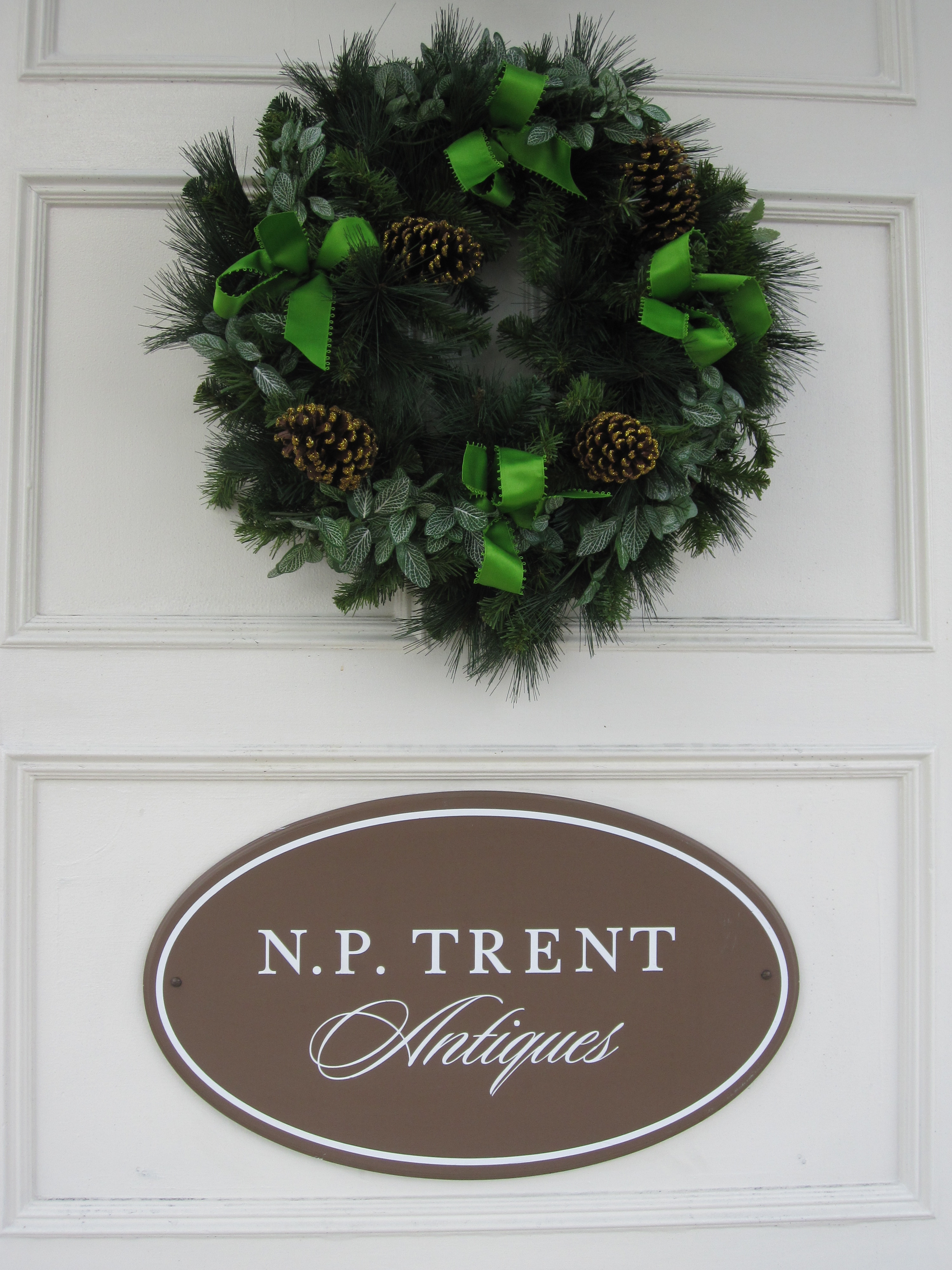 For serious museum quality antiques with provenance and 5 digit prices, head to N.P. Trent Antiques. Full of gorgeous 17th, 18th and 19th century European furniture and accessories, I like to play “imagine” with myself…as in imagine what I would take home if I could. Most interesting there today was this extraordinary Flight & Barr Worcester Imari partial dessert set, circa 1800. At first glance one might think it was Japanese, but in the center is an armorial crest with a stag’s head and the motto “Virtuti“, marking it (along with the incised marks on the reverse) as irrevocably European made.
For serious museum quality antiques with provenance and 5 digit prices, head to N.P. Trent Antiques. Full of gorgeous 17th, 18th and 19th century European furniture and accessories, I like to play “imagine” with myself…as in imagine what I would take home if I could. Most interesting there today was this extraordinary Flight & Barr Worcester Imari partial dessert set, circa 1800. At first glance one might think it was Japanese, but in the center is an armorial crest with a stag’s head and the motto “Virtuti“, marking it (along with the incised marks on the reverse) as irrevocably European made.
New to the strip, although long in business, is Artmosphere, carrying rough-hewn furniture from Brazil and Bolivia, both antique and new. I can see these pieces feeling fresh in a Palm Beach Mediterranean.
 Faustina Pace Antiques and Interiors had simple on-trend French pieces from the 19th and 20th centuries, like this antique Napoleon III settee covered in homespun, big industrial lights, and large-scale accessories like these huge demijohns for holding olive oil. Surprisingly, the bottles were remarkably similar to my Japanese bottles. Texture, in the form of baskets, rough painted pieces and homespun grain sacks, gave the store great character and style.
Faustina Pace Antiques and Interiors had simple on-trend French pieces from the 19th and 20th centuries, like this antique Napoleon III settee covered in homespun, big industrial lights, and large-scale accessories like these huge demijohns for holding olive oil. Surprisingly, the bottles were remarkably similar to my Japanese bottles. Texture, in the form of baskets, rough painted pieces and homespun grain sacks, gave the store great character and style.
Unfortunately, Hampton Antiques, one of my favorite group shops at the corner of Dixie and Southern seems to have vanished (although I believe they are related to the huge Hamptons Antique Galleries in Stamford, CT). Last December I found a great pair of Napoleon III armchairs there. They were not even muslined, instead had only their original burlap.
Here is where the professional and geographic synchronicity went to work. I wanted these chairs, but would be leaving for Tokyo in a few days and not returning until the summer. They were of no use to me in the state they were in. Across the street is Parkers fabric store (better known as Silk Surplus, and related to the well-known one in NYC), which carries super discounted remnant bolts, discontinued designs as well as “to order” fabric from major fabric houses. In one of the sale bins I found a great Scalamandre check called Brompton Plaid for $9 a yard. (Shall we say that again? $9 a yard. Normally it retails for $125 a yard!) Around the corner was an upholsterer, used by many on the block. Chairs…check! Fabric…check! Upholsterer…check! Purchase completed….Take a look at the chairs in situ at the beach house!
 If like me, you are a junkie for really good but threadbare Persian rugs and suzani scraps, my “secret” favorite shop that I have been patronizing for years is Joseph Malekan’s Antiques and Oriental Rugs on the corner at Roseland Drive. You never know what you will find scattered around his store, but I have a beautiful 19th century Tabriz and two small Lavar Kirman’s that I picked up there for very reasonable prices. This time he had a great pair of Moroccan stools, some beautiful framed fan coral in distressed vintage frames and a huge selection of copper lanterns. I love this faux boix console table too. Joseph can also now be found on 1stdibs !
If like me, you are a junkie for really good but threadbare Persian rugs and suzani scraps, my “secret” favorite shop that I have been patronizing for years is Joseph Malekan’s Antiques and Oriental Rugs on the corner at Roseland Drive. You never know what you will find scattered around his store, but I have a beautiful 19th century Tabriz and two small Lavar Kirman’s that I picked up there for very reasonable prices. This time he had a great pair of Moroccan stools, some beautiful framed fan coral in distressed vintage frames and a huge selection of copper lanterns. I love this faux boix console table too. Joseph can also now be found on 1stdibs !
There are too many shops to mention them all, but head to Dolce and Re Vue for eclectic Palm Beach and Hollywood Regency style, The Elephants’s Foot for English antique and reproduction furniture as well as a huge selection of antique silver, European porcelain and Imari, John Prinster for art deco and art moderne. Mecox Gardens has a big outpost on the row, right near Southern Boulevard.
There are a number of related services in the area in addition to the ones mentioned above, including more fabric stores and interior designers. There is a Sherwin Williams and a shop called The Paint Store which carries hard to find brands such as Farrow & Ball, Fine Paints of Europe, and Christopher Peacock Paints.
Antique Row no longer feels like an insiders secret like it did 15 years ago, at least at these core shops, and the prices reflect that. Off of the “official” Row, there are quite a few shops south of Southern Boulevard that I haven’t had time yet to explore. Next time!
For more information and some gossip on who shops there, take a look here and here. And for lunch, I recommend a great diner called Howley’s, on the east side of Dixie Highway, a few blocks south of Southern Boulevard.
By tokyojinja in Shop Talk Tags: Antique Row, antiques, Florida, Lars Bolander, Scalamandre, Silk Surplus, West Palm Beach




